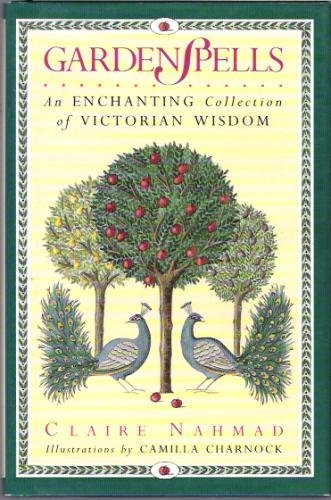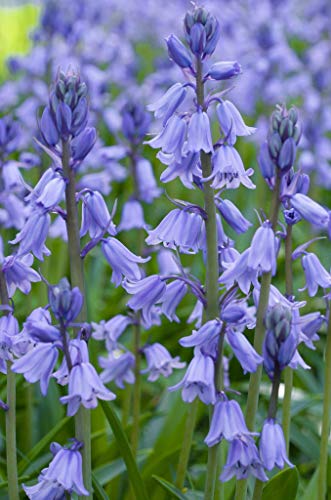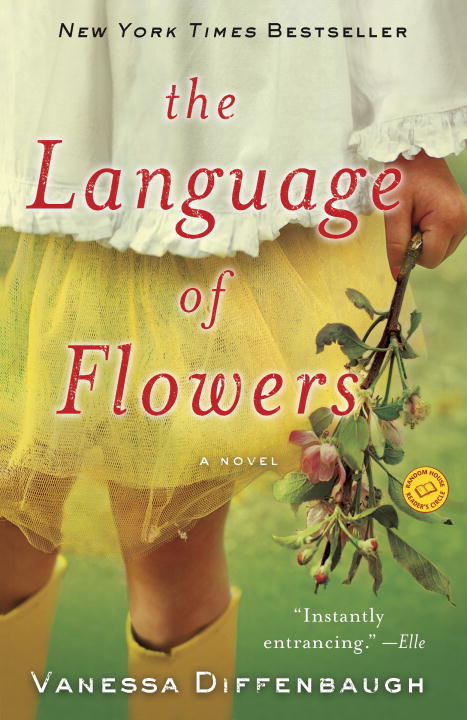Be careful giving flowers. The choice of bouquet on Valentine's Day could convey more than you intend.
Presenting your lover with primroses suggests the opening of one's heart and the dawning of true love, but offer snapdragons and the message is plain: "go away!"
This kind of floral code, known as "florigraphy," was especially popular among the romantics of Victorian England about a hundred years ago. Each flower and tree had a meaning all its own. Presenting sprigs or blooms from a given plant was a shorthand way of saying "it was love at first sight!" (thornless roses) or "I am your slave forever" (wild geraniums).
Remnants of this botanical language linger in our culture. The daisy is still a symbol of purity and Forget-me-nots remain faithful.
Which interpretations linger in our subconscious we can't be sure. (What does a marigold suggest?) So, take care in choosing flowers. Here's what they could be saying:
# Bluebell. "I am faithful"
# Carnation, pink. "I'll never forget you."
# Carnation, yellow. "You have disappointed me."
# Fuchsia. "Take heed, your beloved is false!"
# Geranium, scarlet. "I do not trust you."
# Magnolia. "Your jealousy is without foundation."
# Narcissus. "You love none but yourself."
# Orchid. "I shall make your life a sweet one."
# Passion-flower. "I am pledged to another."
# Periwinkle. "My heart was mine until we met."




